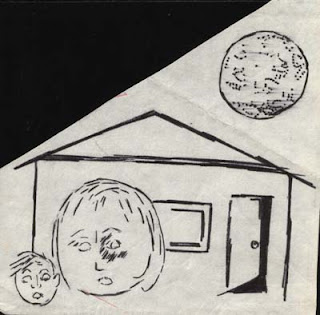Pat Cadigan. Synners. Local colour from the novel. More than mere colour, a contributor to the versimilitude effect.
She let the music wash over her, speed-thrash, cruise-metal, bang-rock, hard-core soul. It was almost like being back in one of those bad old Boston bars, Babe's Beantown, Harborville, Kathye's Klown, in the before-days, putting on a plain old tox — getting shitfaced, smashed, blasted, hammered — and then jumping all night to some group so hungry you got to starving yourself.
This a brilliant paragraph from so many perspectives. It is however the enumeration that first struck me and for some reason echoed with a reminder of Roland Barthes's
The Fashion System (
Système de la mode). It was with the help of Jonathan Culler and his book on Barthes in the series Fontana Modern Masters that I was able to make the connection between fashion signification and realism in literature. Culler quotes from Barthes:
Fashion-writing thus comes back to the postulate of realist style, according to which an accumulation of small and precise details confirms the truth of the thing represented.
He adds "Fashion energetically and resourcefully naturalizes its signs because it must make what it can of small differences, proclaiming the importance of trivial modifications." And quotes Barthes again but this time from
Essais critiques "fashion and literature signify strongly, subtly, with all the complexities of an extreme art, but, if you will, they signify 'nothing', their being is in the signifying, not what is signified".
Back to Cadigan — do you get drunker knowing more slang for shitfaced? Are you more knowing if you know?
And so for day 927
27.06.2009




